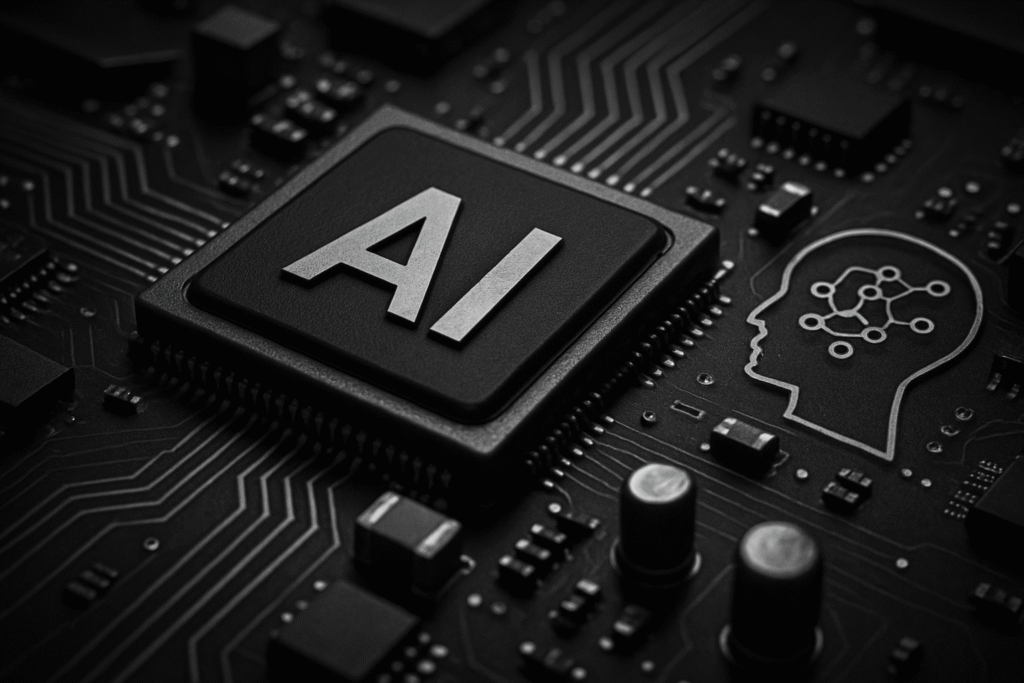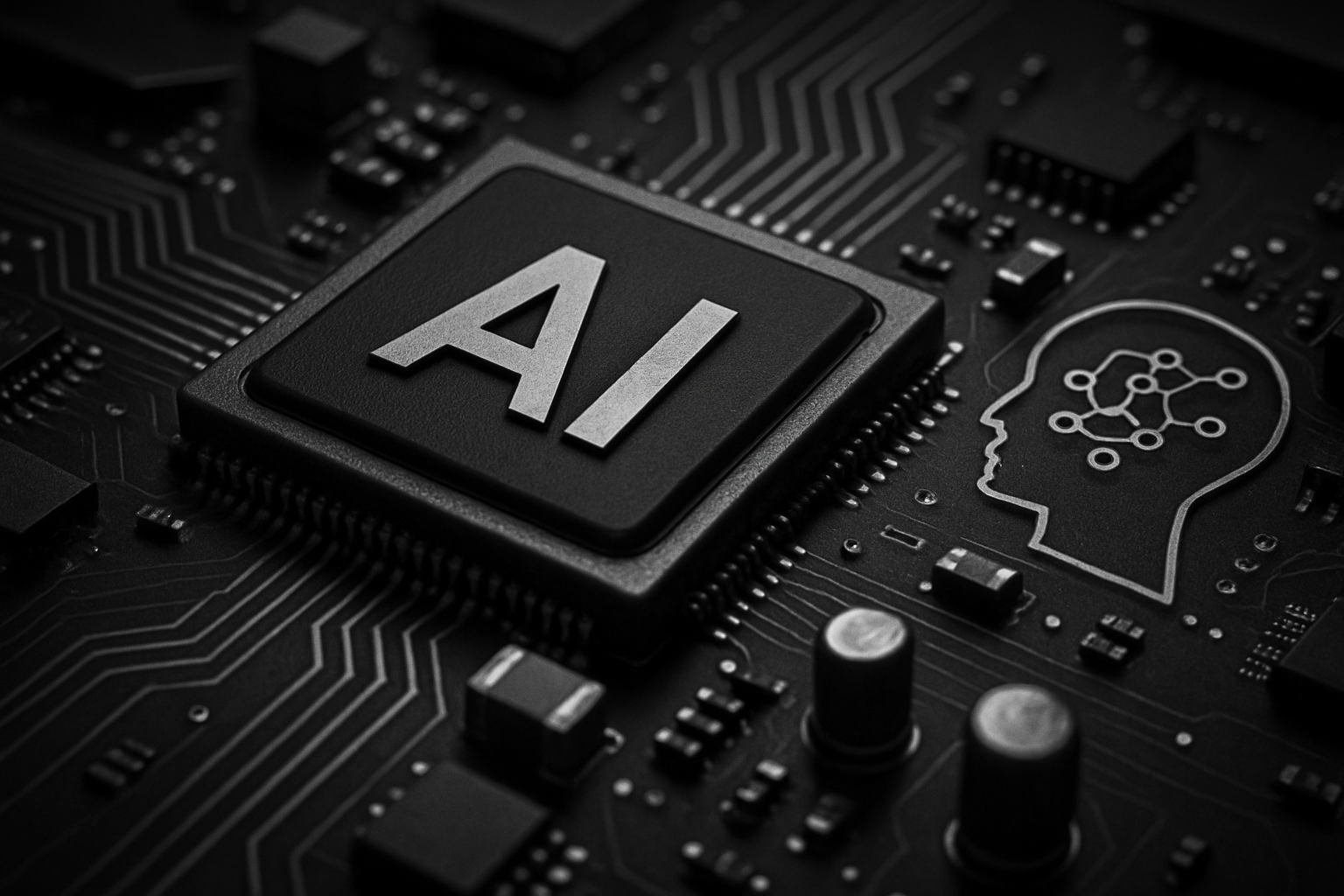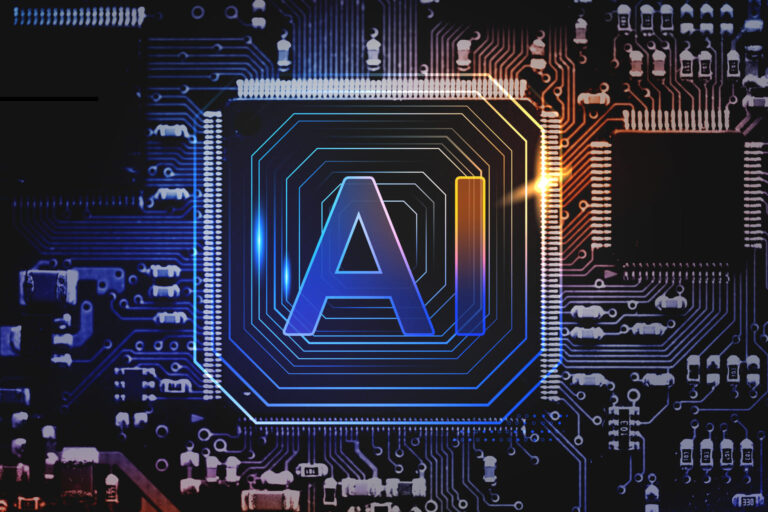
Introduction
Artificial intelligence (AI) for real-time and edge analytics is redefining how U.S. organizations monitor, interpret, and react to data. These technologies minimize the time between data generation and action—essential for sectors like manufacturing, logistics, healthcare, and smart cities. As Internet of Things (IoT) adoption explodes and 5G connectivity becomes widespread, edge AI brings advanced machine learning closer to the source of data, unlocking speed and efficiency no traditional cloud-based approach can match.
What Is Real-Time and Edge Analytics?
Real-Time Analytics: Processing and analyzing data immediately as it is produced, enabling on-the-fly insights and instant decision-making.
Edge Analytics: Executing AI models locally on devices (sensors, cameras, robots, etc.) rather than relying on cloud-based servers, reducing latency and improving privacy.
Together, these trends empower organizations to respond rapidly to opportunities and threats, even in environments where internet connectivity is sporadic or data privacy is paramount.
Key Benefits
Ultra-Low Latency: Decisions can be made within milliseconds—crucial for autonomous vehicles, financial trading, and emergency response.
Bandwidth Efficiency: Only critical insights are sent to the cloud, reducing data transfer costs.
Enhanced Privacy: Sensitive data is processed onsite, ensuring better regulatory compliance.
Improved Uptime: Devices and processes can function and react even without continuous cloud connectivity.
Scalable Intelligence: As more devices become “smart,” intelligence is distributed rather than bottlenecked in a central server.
Technologies Enabling the Trend
Embedded AI Chips: Specialized hardware (e.g., NVIDIA Jetson, Google Coral) run ML models directly on edge devices.
TinyML: Miniaturized ML models designed for low-power microcontrollers.
Streaming Analytics Platforms: Tools like Apache Kafka and Apache Flink support high-throughput, low-latency data pipelines.
Edge-to-Cloud Frameworks: Solutions by AWS, Microsoft, and Google for seamless integration and orchestration between edge and centralized systems.
Real-World Use Cases
Manufacturing: AI-powered computer vision systems inspect products in real-time for defects, triggering alerts or process adjustments instantly.
Healthcare: Wearable medical devices detect abnormal heart rhythms and notify caregivers or patients immediately, even if connectivity is lost.
Retail: Smart shelves track inventory in real time, automating reorders and minimizing stock-outs.
Transportation & Logistics: On-vehicle AI analyzes traffic and weather to dynamically reroute deliveries, saving time and resources.
Case Study: Edge AI in Logistics
A major U.S. logistics firm uses AI-enabled sensors and cameras on its delivery vehicles. These edge devices analyze traffic data and delivery progress in real time, adjusting routes dynamically. As a result, the company has reduced average delivery times by 12% and improved fuel efficiency, even for fleets operating in remote areas where cloud connectivity is intermittent.
Challenges and Considerations
Model Deployment and Updating: Managing, deploying, and updating ML models across thousands of distributed devices requires robust MLOps for edge.
Data Consistency: Synchronizing data between edge nodes and central systems is complex, especially for regulations or analytics requiring an aggregate view.
Security: Each connected device represents a potential vulnerability; edge deployments must prioritize cybersecurity.
Resource Constraints: Edge devices often have limited compute power, requiring highly optimized models.
Future Outlook
By 2025, the vast majority of U.S. enterprises leveraging IoT will also deploy some form of AI at the edge. Innovations in chip technology and federated learning will further expand what is possible, empowering real-time safety and business optimization across sectors.
Organizations that invest in edge AI now will lead the way in operational efficiency, customer experience, and data-driven innovation—turning every connected device into a source of actionable intelligence.
Key takeaway:
AI for real-time and edge analytics is unleashing a new era of responsiveness and autonomy. For U.S. organizations committed to staying ahead, leveraging these technologies is rapidly becoming a business imperative.


